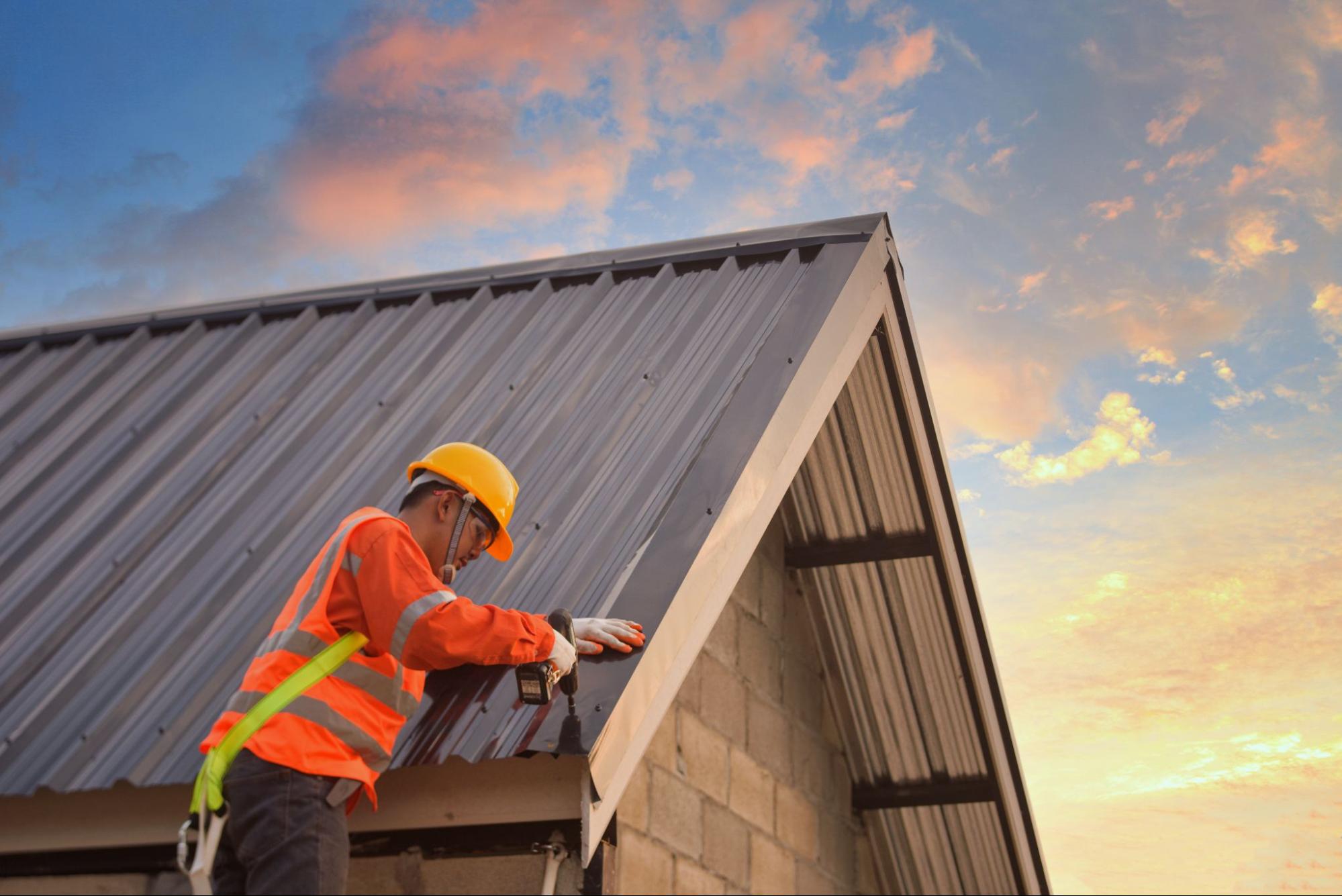FAQs about Energy-Efficient Roofing Solutions in Hillsborough Township NJ
What are energy-efficient roofing solutions?
Energy-efficient roofing solutions include materials and systems designed to reflect more sunlight and absorb less heat, which keep your home cooler in the summer and warmer in the winter. These solutions generally involve cool roofs, reflective shingles, green roofing systems, and high-insulation roofing materials that significantly reduce energy consumption.
How can energy-efficient roofing save me money?
By investing in energy-efficient roofing, you can lower your energy bills. These roofs reflect heat and reduce the need for air conditioning in the summer, resulting in less energy use. Over time, the savings on your energy bills can significantly offset the initial investment cost of installing or upgrading your roof.
What types of materials are used in energy-efficient roofing?
Common materials for energy-efficient roofing include metal, reflective shingles, and single-ply membrane systems. You can choose from various options such as tile or slate that are designed to enhance energy performance while providing durability and aesthetic appeal.
How do I know if my roof needs an upgrade to an energy-efficient solution?
If your roof is over 20 years old, showing wear and tear, or you notice spikes in your energy bills, it may be time to consider upgrading to an energy-efficient roofing solution. A professional roofing contractor can inspect your roof and recommend the best options for your home.
Are there any tax credits or incentives for installing energy-efficient roofing?
Yes, many local, state, and federal programs offer tax credits and incentives for homeowners who choose energy-efficient upgrades, including roofing. It's best to check with your local government or tax advisor about what's available.

